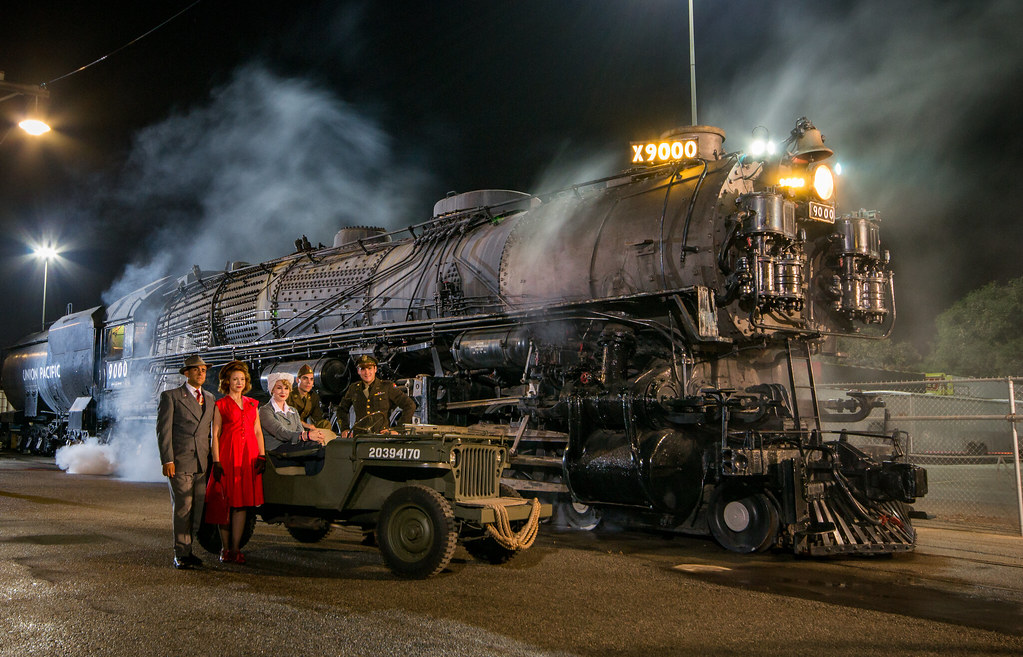Indian Railways has long been a lifeline for millions, but one of its subsidiaries, IRCTC, has created a story of its own. From starting with basic catering services to now driving profits through ticketing, tourism, and packaged water, the company has shown how innovation can transform a traditional sector. In this article, we will explore why the railway giant is still in focus.
Financial Performance at a Glance
IRCTC’s latest financial snapshot underscores its consistent momentum.
In the fiscal year 2024–25, IRCTC posted a consolidated net profit of ₹1,315 crore, up from ₹1,111 crore a year earlier, while its annual revenue climbed to ₹4,675 crore, reflecting steady growth across its diversified operations. Its Q4 topline rose by 10 per cent year on year, and net profit surged 26 per cent to ₹358 crore.
In Q1 of FY26, IRCTC maintained momentum with an approximately 7–8 per cent year‑on‑year bump in net profit (reaching about ₹331 crore), supported by strong ticketing and tourism revenues. Even though the results registered a slight sequential decline.
Segment-Wise Growth Dynamics
To begin with, here’s how each of IRCTC’s core segments performed and what it means for the company:
- Internet Ticketing emerged as the strongest growth engine, with revenue climbing by about 9 percent year over year to ₹360 crore in Q1FY26. It continues to lead in profitability, sustaining an exceptionally high EBITDA margin of around 84 percent.
- The Catering segment saw a slight dip of 2–2.2 percent in revenue compared to the previous year, landing near ₹547 crore. Its EBITDA margin also softened, dipping from 13.9 percent to about 13.1 percent.
- Rail Neer, the bottled water division, reported revenue of about ₹106 crore, almost unchanged from the previous year. Plant utilization moved a little higher to nearly 87 percent, showing steady demand in spite of outside pressures.
- Tourism saw a remarkable boost, with revenue climbing 21 percent to around ₹148 crore. Both bookings and profit before tax moved up clearly, pointing to strong consumer demand.
Why IRCTC Remains in Focus
Here’s why IRCTC stays firmly under the spotlight:
1. Diversified Revenue Model
IRCTC has grown far beyond its original catering mandate, expanding into several high-impact areas. Its business now covers online ticketing, food services, tourism, and the bottled water segment under the Rail Neer brand.
Each of these segments adds meaningful value, which makes the company’s revenue base stable and less reliant on a single stream. This has also impacted the IRCTC share price positively.
2. Strategic Ambitions
IRCTC has also been elevated to Navaratna status, which provides greater financial autonomy and the ability to make quicker business decisions. It is working on new initiatives such as expanding its tourism offerings, scaling up Rail Neer capacity, and deepening digital payment services.
These steps highlight the company’s forward-looking approach and its intent to build beyond its existing strengths.
3. Investor Confidence
This mix of business diversification, solid profits, and focused planning has earned real trust from investors.
Many in the market view IRCTC as a rare company that offers steady earnings, almost no debt, and reliable growth.
Its solid history of results, along with fresh potential from its Navaratna recognition, keeps it firmly in the spotlight for investors. Tools like a share screener often highlight how IRCTC combines profitability with relatively low risk, which explains why it continues to draw both retail and institutional interest.
Conclusion
IRCTC has grown from a catering service to a diversified business with strong financial performance and strategic importance. Despite short-term challenges in catering, its consistent profitability, tourism growth, and expanding ticketing base ensure it remains an attractive investment focus for the long run.
